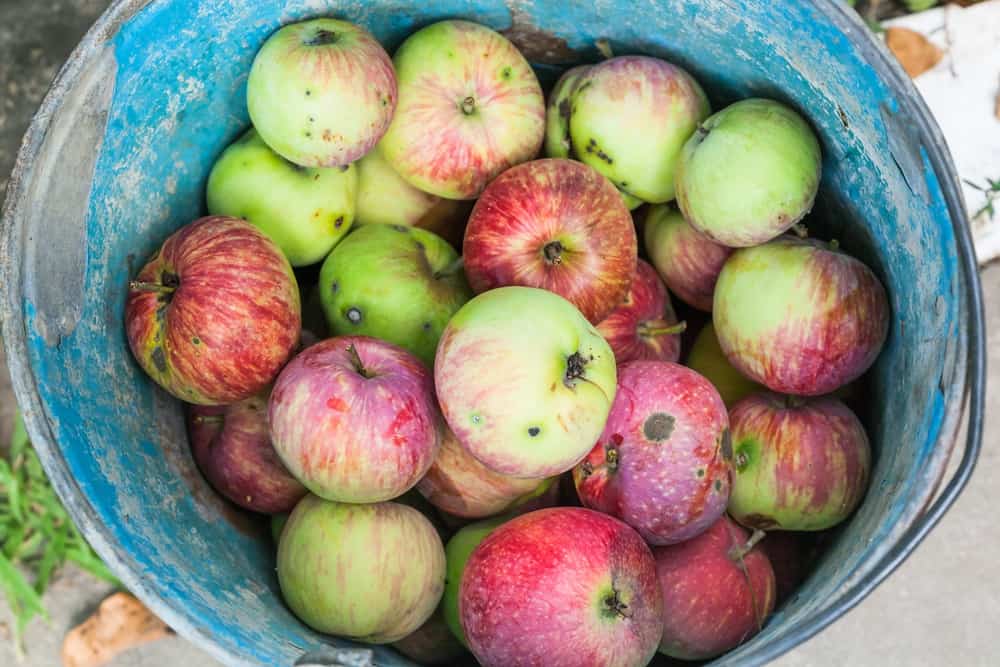
Around your apple trees, you will find a range of apples that fall onto the ground.
But even when they have fallen from the tree, there are still a number of ways to make use of these fruits.
How you can use your windfall apples will depend on the stage at which they have fallen from the tree.
Earlier in the summer, something called ‘June drop’ (though it can also take place in July in some areas) can occur. This is a natural process whereby the tree rids itself of excess fruit in order to enable the remaining fruit to ripen successfully.
Throughout the summer and early fall, fruits can also fall due to high winds, or heavy rains. They may also fall due to malformation, pest or disease.
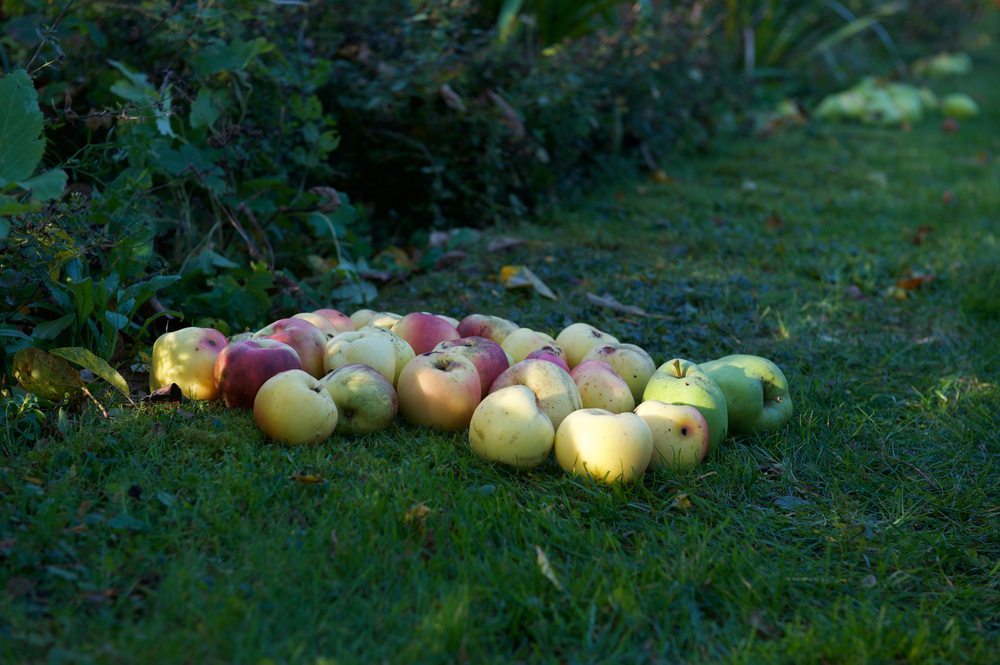
Of course, ripe fruits will also often fall from the tree before you can harvest them.
Don’t waste any windfall apples that are not rotten or infested!
Whether they are small, green and unripe, or matured and almost fully ready to harvest, there are a number of different ways to use up these apples rather than simply allowing them to rot away into the soil.
Of course, you could simply add these to your compost heap, or leave them around for wildlife to find. But why not consider one of the ten ideas below?
Here are some useful ways to use windfall apples around your homestead:
Using Unripe Windfall Apples:
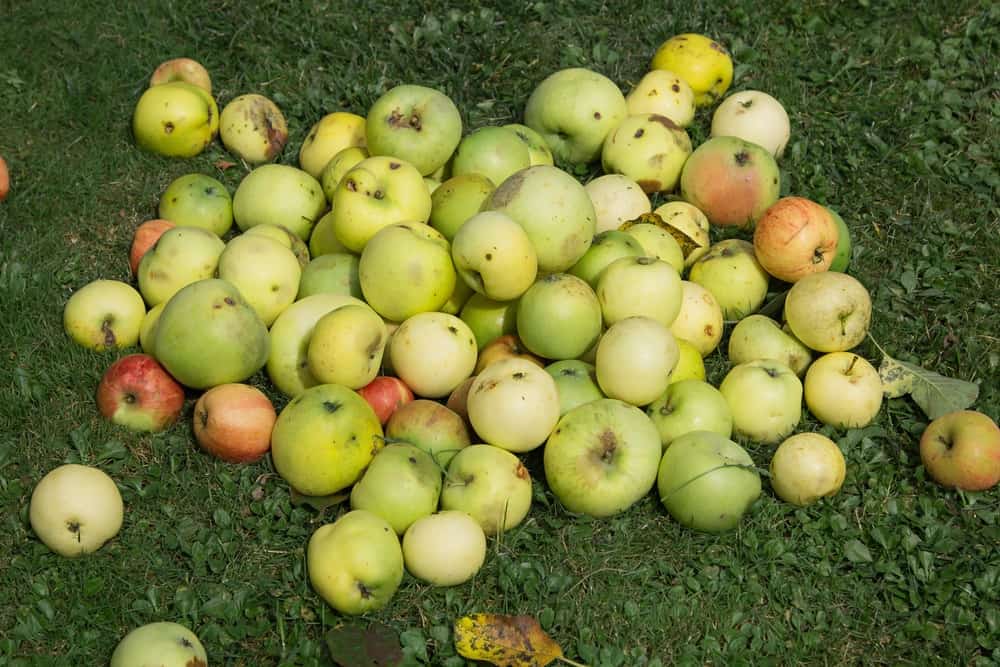
Unripe windfall apples are small and hard – definitely not yet nice to eat raw, or to use as the main ingredient in culinary recipes. But there are still several ways that you can make use of these unripe windfall apples. For example, you could use them:
1. To Make Apple Pectin
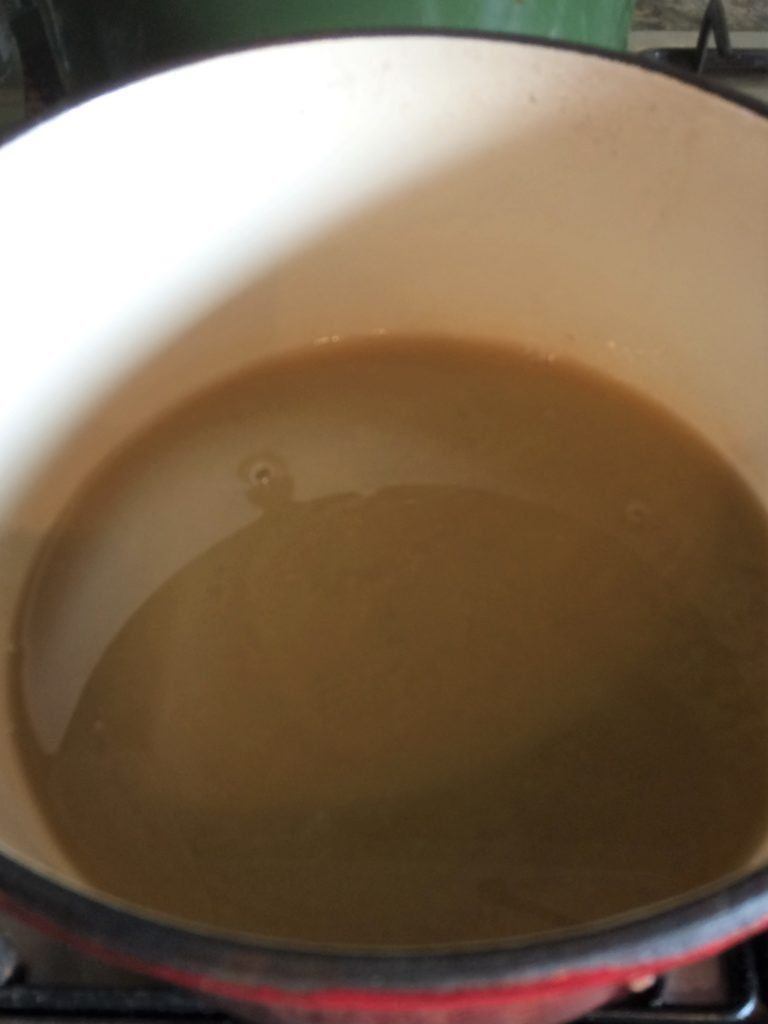
These unripe windfall apples are rich in natural pectin. They can be used to make a natural pectin for use in making jams and jellies from fruits that would usually require the addition of pectin bought from the store.
Here’s a tutorial for making pectin from unripe windfall apples.
2. To Make Apple Jams & Jellies
You could also consider bypassing this stage, and simply adding small quantities of chopped up, unripe windfall apples to your jams and jellies.
This is fine for jams and jellies that you do not need to be clear, and for those that predominantly use fruits with a low-medium pectin level. While you would not want these jams and jellies to be too strongly flavoured with the sharp, somewhat astringent taste of very unripe apples, using these in small quantities can simply add a little acidity to the mix, as well as allowing these preserves to set.
3. To Make Apple Chutneys
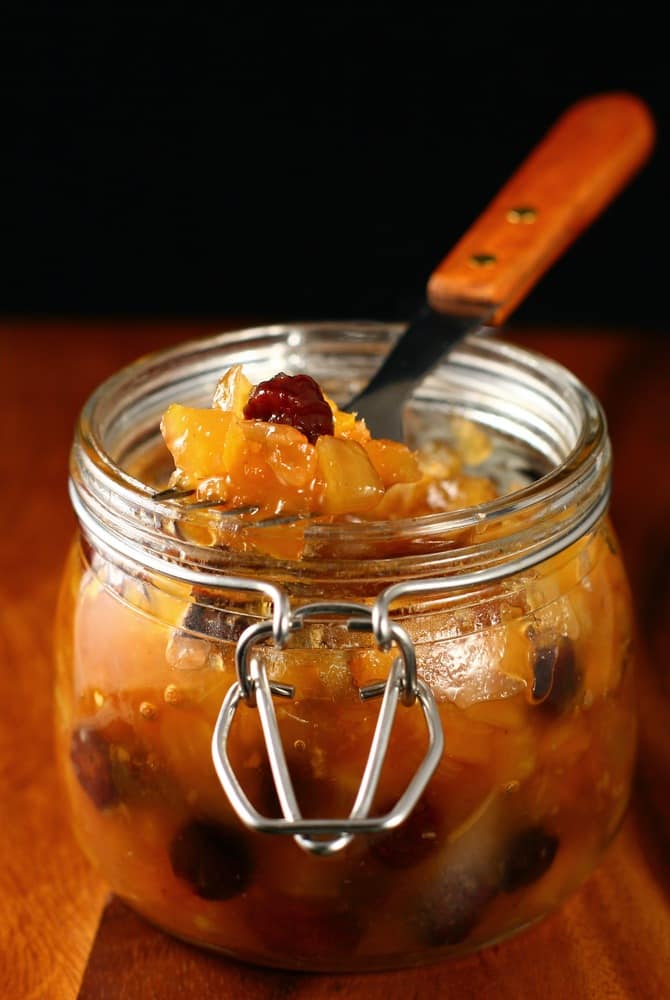
You could also consider including unripe windfall apples in a home-made chutney.
The tart taste of unripe apples can be a good combination with the other strong flavours in a chutney. For example, the sour taste of the small green windfalls can go very well with caramelized onion, and so can work well in an onion chutney.
One example of a windfall apple chutney recipe can be found here.
4. To Make Apple Cider Vinegar (For Non-Culinary Uses)
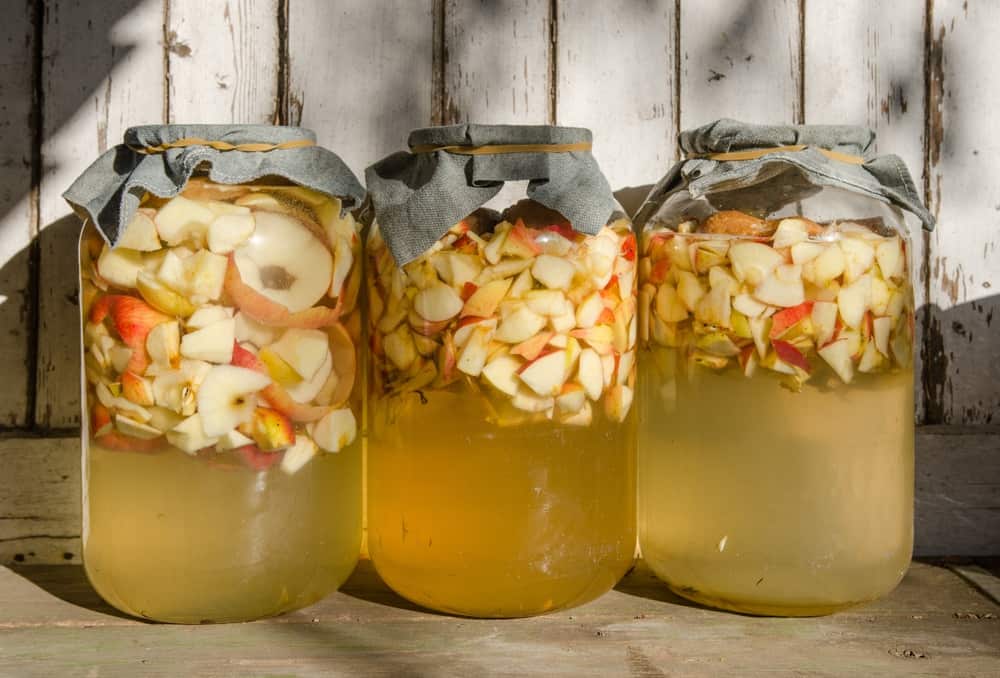
While it might not make the most delectable of apple cider vinegars, one other easy way to make use of unripe windfall apples is to make ACV for non-culinary uses.
Apple cider vinegar can be incredibly useful around your home – for conditioning your hair, or for a range of household cleaning jobs.
Here’s how to make apple cider vinegar.
5. As Supplemental Feed For Livestock
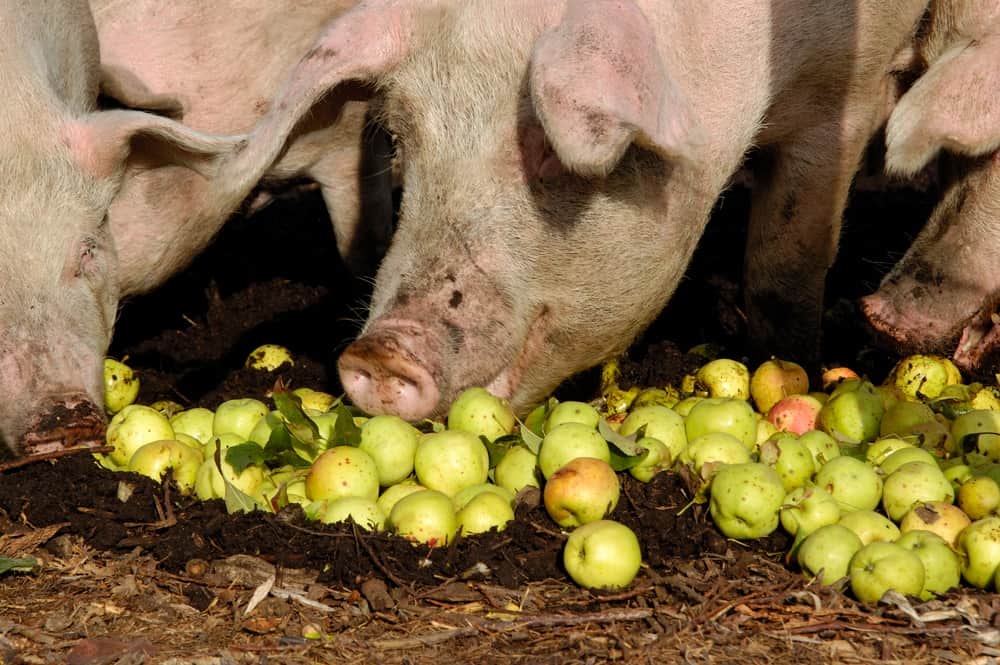
You may also simply be able to toss unripe windfalls to your livestock, such as pigs.
They can also be fed in moderation to horses and other animals. Chickens and other poultry may not peck these when whole, but may eat a mash made from these unripe windfall fruits mixed with other ingredients from around your property.
Using Ripe (Or Almost Ripe) Windfall Apples:
Of course, if your windfall apples are approaching maturity, and either almost ripe, or ripe, then the list of ways to use them grows a lot longer.
There are a wide range of culinary uses for ripe windfall apples – even if they are blemished, bruised and less than perfect.
Some may be absolutely fine to eat raw. But here are some other ways to use up these apples:
6. To Bake an Apple Pie, Crumble or Turnover
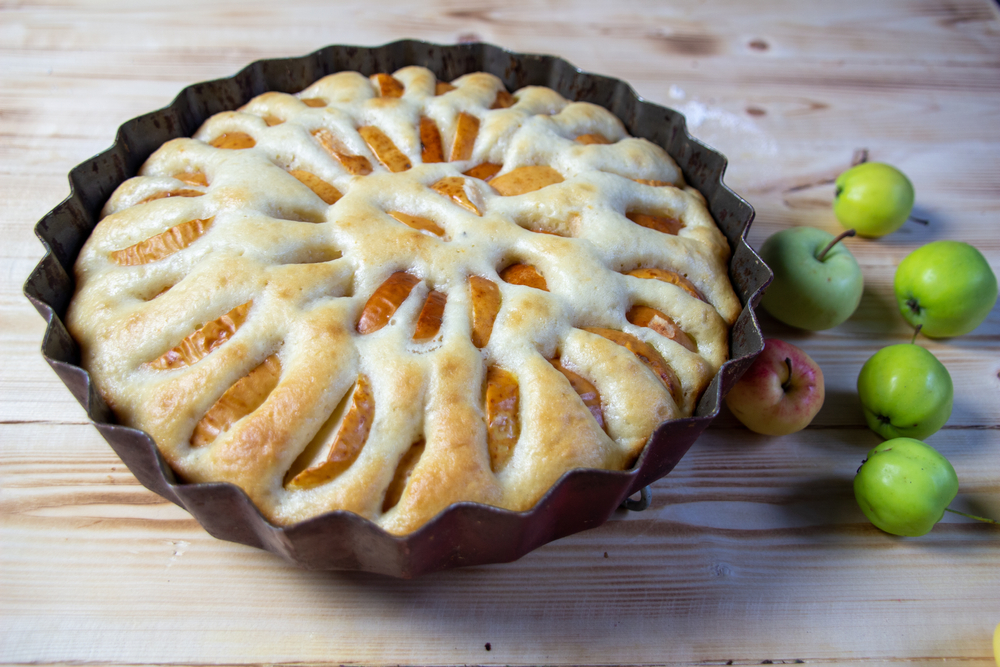
Baked apples are delicious, whether you use them as a dessert on their own, or turn them into a range of yummy pies and puddings. Apple desserts such as apple pies, crumbles, and turnovers are all great ways to use up excess windfalls that are not too small and sour.
7. To Make Windfall Apple Butter
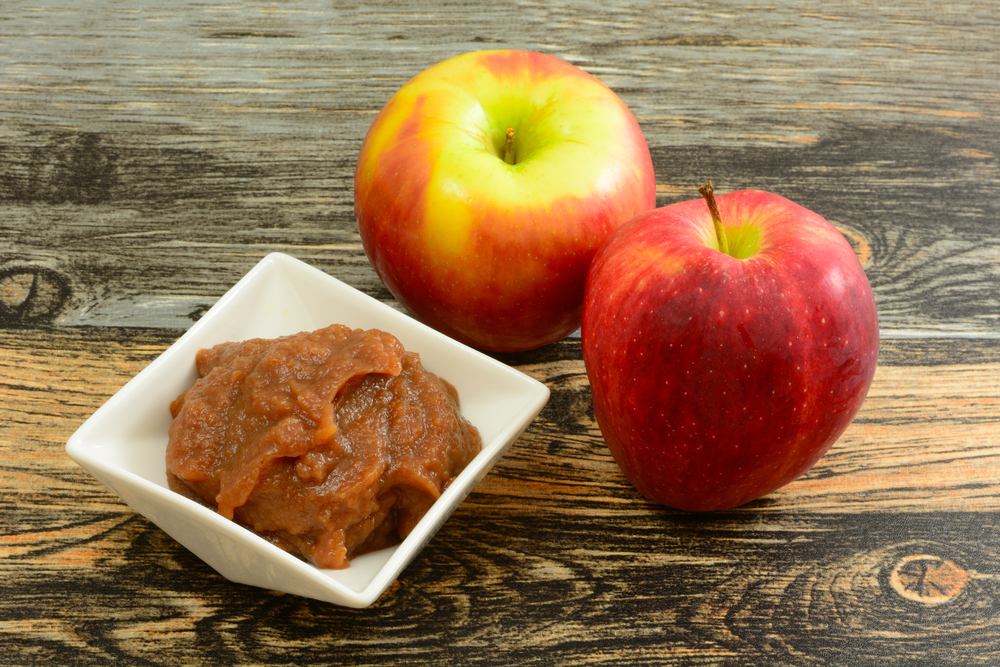
Another easy way to use up cooking or eating apples that have fallen from your trees is to use them to make a delicious apple butter.
You can find my very simple instructions for making apple butter here.
8. To Make Dried Windfall Apple Slices
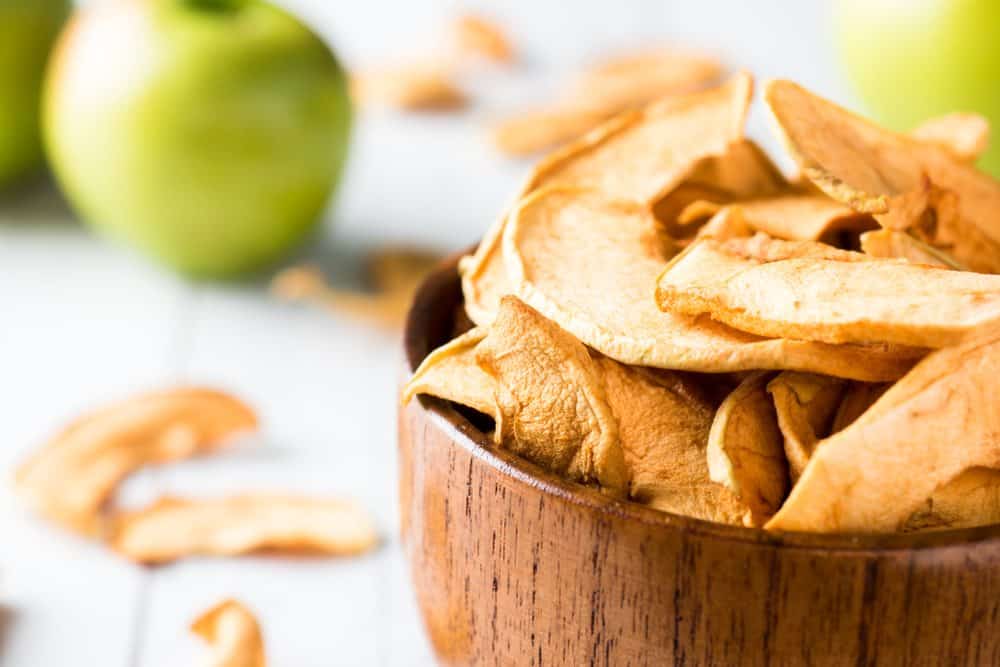
Even slightly underripe apples can be delicious when dried. You can dry apple slices in your oven, in a dehydrator, or in the sunshine to make a zingy snack that can be enjoyed guilt-free throughout the day.
Here’s instructions for drying all sorts of fruit at home.
9. To Make Fruit Leathers
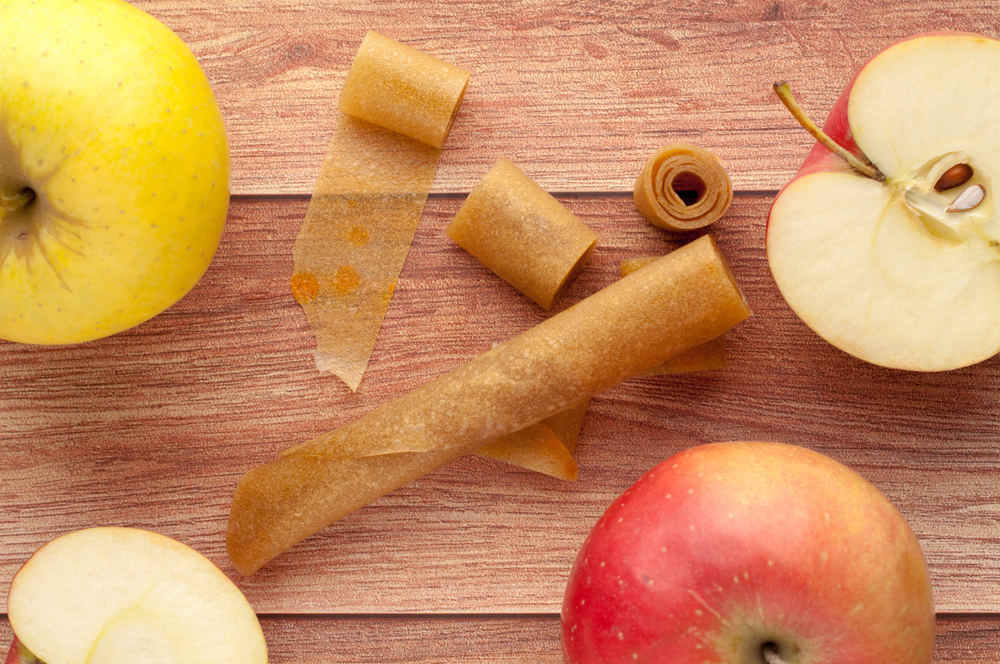
Fruit leathers are a healthier home-made equivalent to the fruit roll ups that kids enjoy. To make this, simply sweeten stewed apples and then spread them on a tray and slowly partially dehydrate the mixture in your oven until it forms a thin, sticky layer that can be rolled up in wax paper.
Here’s a more detailed apple fruit leather recipe.
10. To Make Apple Juice/ Fresh Cider
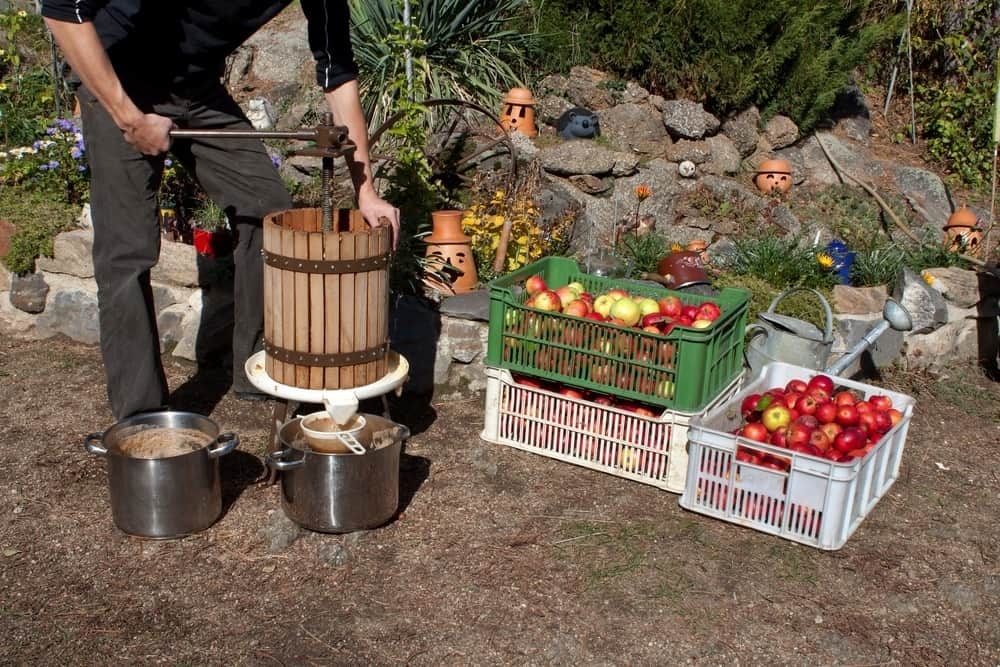
While you might not want to use windfalls for juice that you intend to use in canning and store for a long while, or for making hard cider, you could use excess windfall apples to make a juice for your refrigerator.
If you are anything like us, this fresh apple juice won’t last long in any case!
One interesting thing is that slightly sour, slightly under ripe eating apples will taste sweeter when juiced.
Waste not, want not. Use up all your windfall apples using one or more of the ideas above.

Get the famous Rural Sprout newsletter delivered to your inbox.
Join the 50,000+ gardeners who get timely gardening tutorials, tips and tasks delivered direct to their inbox.

